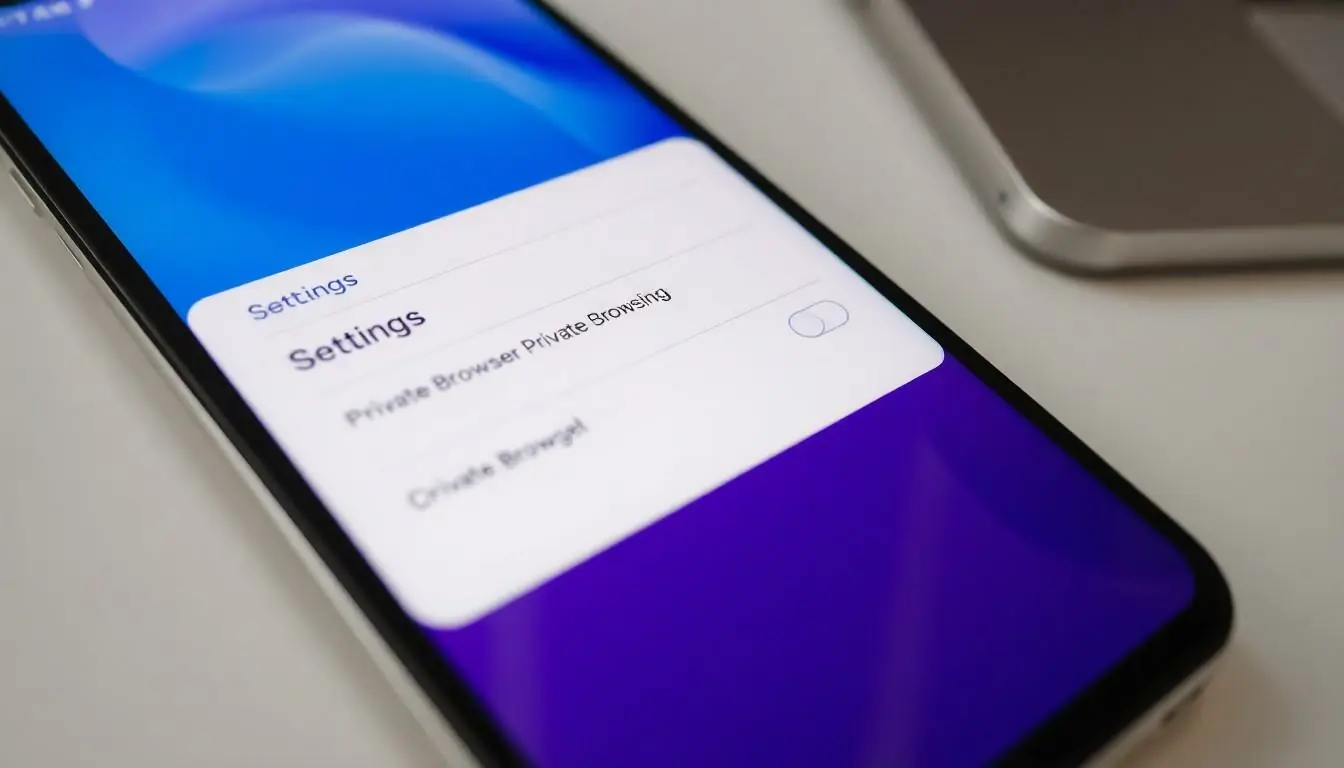Ever found yourself trapped in the elusive privacy mode on your iPhone? It’s like being in a secret club where the only rule is no one can find you—not even you! Whether you accidentally activated it during a late-night scrolling session or simply forgot how to escape its clutches, you’re not alone.
Table of Contents
ToggleUnderstanding Privacy Mode on iPhone
Privacy mode on iPhone enables users to browse the internet without saving their history or cookies. This feature provides an additional layer of security while online.
What Is Privacy Mode?
Privacy mode, also called private browsing, allows users to surf the web without leaving traces. In this mode, Safari or other browsers do not store web addresses visited or login information. It temporarily disables cookies that track user behavior across sites. Users gain a discreet browsing experience since the history does not record any activity during the session. Activation occurs through browser settings, making it easy to switch on and off.
Why Use Privacy Mode?
Using privacy mode enhances online security and protects sensitive information. It prevents shared devices from retaining browsing history, making it suitable for public or family use. Individuals often utilize this feature for handling confidential tasks, such as online banking or shopping. Users also appreciate the freedom it offers when searching for personal topics or gifts. Overall, privacy mode ensures that data remains private and secure during online sessions.
Steps to Exit Privacy Mode
Exiting privacy mode on an iPhone involves a few simple steps. Users can follow these actions to regain access to their standard browsing experience.
Accessing Settings
Open the Settings app. Scroll down to find the “Safari” option. Tap on “Safari” to access its settings. Locate the “Private Browsing” toggle. If it’s enabled, tap it to turn it off. Closing the settings will restore the standard browsing mode.
Changing Privacy Settings
Return to the Safari settings. In the “Privacy & Security” section, users can adjust options related to cookies and website data. Toggle off “Block All Cookies” if it’s turned on. This change allows sites to store cookies, enhancing functionality. Users may also consider toggling off “Do Not Track” to allow websites to optimize browsing experience. After adjusting settings, exit the app, and normal browsing resumes.
Common Issues When Exiting Privacy Mode
Many users encounter common issues while trying to exit privacy mode on their iPhones. These challenges can lead to frustration and confusion while navigating the settings.
Troubleshooting Tips
Check Safari settings if exiting privacy mode proves difficult. Restarting the iPhone can resolve temporary glitches. Ensure the device’s software is up to date, as outdated versions might cause features to misbehave. Clearing website data might help as well, particularly if cookies are causing conflicts. Users should also consider resetting all settings if problems persist, but remember this action removes customizations.
When to Seek Help
Seeking help becomes necessary if issues continue despite attempts to troubleshoot. Contact Apple Support for personalized guidance, especially for persistent software issues. Visiting an Apple Store may provide hands-on assistance and clarity if remote help isn’t sufficient. Taking advantage of online forums can also be beneficial, offering insights from fellow users experiencing similar problems. Accessing Apple’s support website supplies additional resources, including troubleshooting guides specific to privacy mode.
Alternative Methods for Privacy Management
Exploring alternative methods enhances privacy management on an iPhone. Users can consider utilizing third-party applications specifically designed for improved security and privacy.
Using Third-Party Apps
Many third-party apps focus on maximizing online privacy. Options like DuckDuckGo or Firefox Focus feature built-in ad blockers, tracking protection, and enhanced search privacy. Users can access these apps to browse without leaving footprints behind. Security features such as end-to-end encryption protect data from unwanted access. Consider incorporating app settings that automatically delete browsing history for additional security.
Customizing Privacy Settings
Adjusting settings on the iPhone significantly enhances privacy protection. Start by navigating to the Settings app and selecting Privacy. Users can modify location services for individual apps, controlling which apps access their location. Allow or deny access based on necessity. Additionally, adjusting app permissions ensures only trusted applications collect information. Enabling Limit Ad Tracking also reduces targeted advertising, further securing personal data. Users can routinely review these settings to maintain an optimal privacy balance.
Conclusion
Exiting privacy mode on an iPhone doesn’t have to be a daunting task. With the right steps and a bit of patience users can quickly regain full access to their browsing experience. Understanding the purpose of privacy mode enhances its usage while knowing how to navigate out of it empowers users to manage their device more effectively.
By staying informed about privacy settings and exploring additional privacy tools users can maintain a secure online presence. This not only protects sensitive information but also ensures a smoother, more enjoyable browsing experience. With these insights in hand users can confidently take control of their iPhone’s privacy features.





